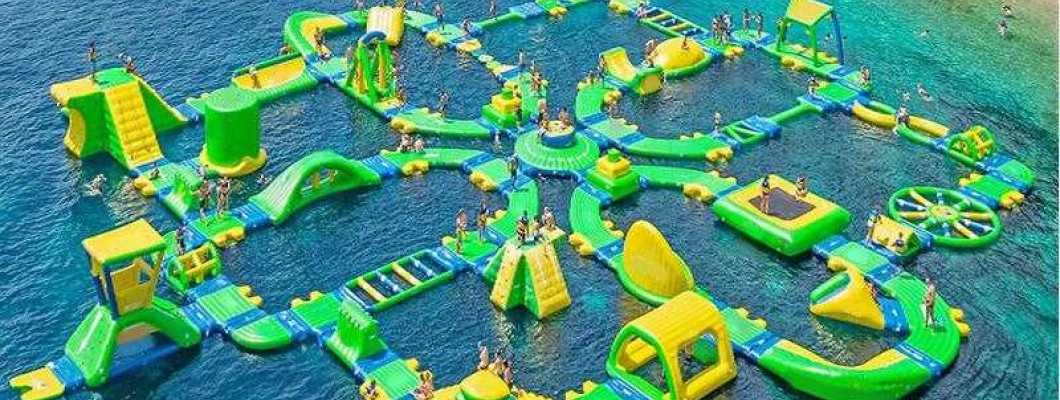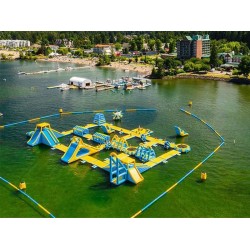10 Oct


Setting up a water park requires careful planning, consideration of various factors, and compliance with safety regulations. Here are some general steps to guide you through the process:
1. Research and Planning:
- Conduct market research to determine the viability and demand for a water park in your desired location.
- Identify your target audience and analyze competitors in the area.
- Develop a comprehensive business plan that includes financial projections, marketing strategies, and operational details.
2. Location and Permits:
- Select a suitable location with ample space for the water park, parking, and other amenities.
- Check local zoning regulations and obtain the necessary permits and licenses required to operate a water park.
- Ensure compliance with safety and health regulations, including water quality standards and lifeguard certifications.
3. Design and Layout:
- Engage with a professional water park designer or consultant to create a functional and appealing layout.
- Determine the types of attractions you want to include, such as water slides, wave pools, lazy rivers, kiddie play areas, and more.
- Consider the flow of guests, safety measures, accessibility, and aesthetic appeal in the design.
4. Construction and Infrastructure:
- Hire a reputable contractor with experience in building water parks to handle the construction of attractions and infrastructure.
- Ensure that all water features, such as slides and pools, are constructed to meet safety and quality standards.
- Install necessary infrastructure, including plumbing, electrical systems, and filtration systems, to support the water park operations.
5. Staffing and Training:
- Recruit and train staff for various roles, including lifeguards, maintenance personnel, and customer service representatives.
- Provide training on emergency procedures, first aid, and water safety to ensure a safe environment for guests.
6. Marketing and Promotion:
- Create a marketing plan to promote your water park through various channels, including social media, local advertising, and partnerships.
- Consider offering promotional events or discounts to attract initial visitors and build awareness.
7. Launch and Operation:
- Conduct a soft opening or trial run to test operations and address any issues before the official launch.
- Monitor the daily operations of the water park, ensuring that safety standards are maintained and that guests have a positive experience.
- Continuously seek feedback from visitors to make improvements and enhance the overall experience.
Setting up a water park involves numerous steps and considerations, but with careful planning and execution, you can create a fun and successful destination for guests to enjoy.



